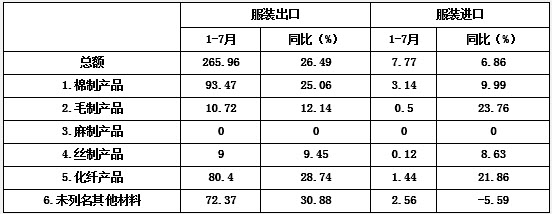Indians are the world’s biggest bookworms, reading on average 10.7 hours a week, twice as long as Americans, according to a new survey.
The NOP World Culture Score Index surveyed 30,000 people in 30 countries from December 2004 to February 2005.
Analysts said self-help and desirable reading could explain India’s high figures.
Time spent on reading meant fewer hours watching TV and listening to the radio—India came fourth last in both.
The NOP survey of 30,000 consumers aged over 13 saw China and the Philippines take second and third place respectively in average hours a week spent reading books, newspapers and magazines.
Britons and Americans scored about half the Indians’ hours and Japanese and Koreans were even lower—at 4.1 and 3.1 hours respectively.
R. Sriram, chief executive officer of Crosswords Bookstores, a chain of 26 bookshops around India, says Indians are extremely entrepreneurial (有开创精神的) and reading “is a fundamental part of their being”.
“They place a great deal of emphasis on reading. That’s the reason why they do well in education at home and in universities abroad,” he said.
“People educate themselves and deal with change throughout their lives. And the way to do that is to update themselves with books.”
Mr. Sriram says social changes have also made a difference: “Earlier people could turn to their parents and grandparents for advice.Now they turn to books.”
1. According to the time spent on reading, which of the following answers is right?
A. Indians>Americans>Chinese>Koreans
B. Americans>Chinese>Philippines>Japanese
C. Chinese>Indians>Americans>Philippines
D. Indians>Chinese>Philippines>Americans
2. The sentence “India came fourth last in both.” in paragraph four means_____.
A. Indians have no time to watch TV and listen to the radio
B. Indians are busy with their work every day
C. Indians spent more time on reading so that they have fewer hours watching TV and listening to the radio
D. People in other countries spent more time watching TV and listening to the radio
3. The time that Chinese spent on reading may be______ a week.
A. 5.35 hours B. less than 10.7 hours but more than 5.35 hours
C. more than 10.7 hours D. 10.7 hours
4. The Indians do well in education and universities abroad because_____.
A. they have excellent teachers in every school
B. they have qualities that are needed to succeed
C. they put much emphasis on reading
D. they live in a developed country
5. Which of the following is not mentioned in this passage?
A. Indians live a very rich life in their homeland.
B. Indians are those who spend much time on reading or studying.
C. Indians are those who spend fewer hours watching TV and listening to the radio.
D. Now the Indians turn to books for advice.
小题1:D
小题2:C
小题3:B
小题4:C
小题5:A

